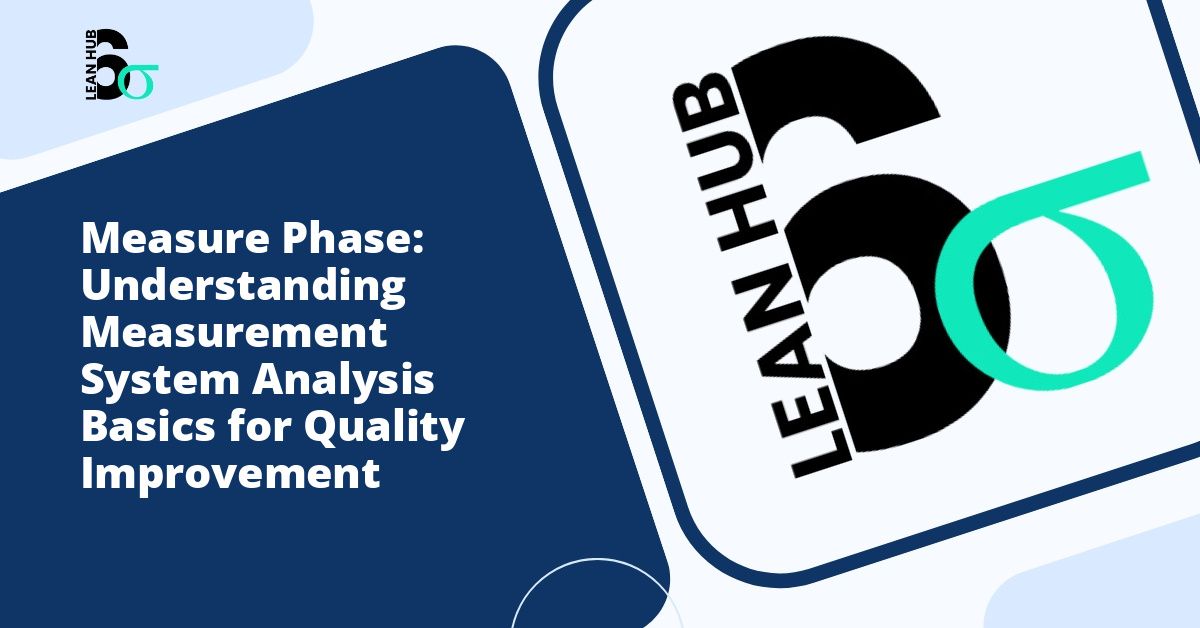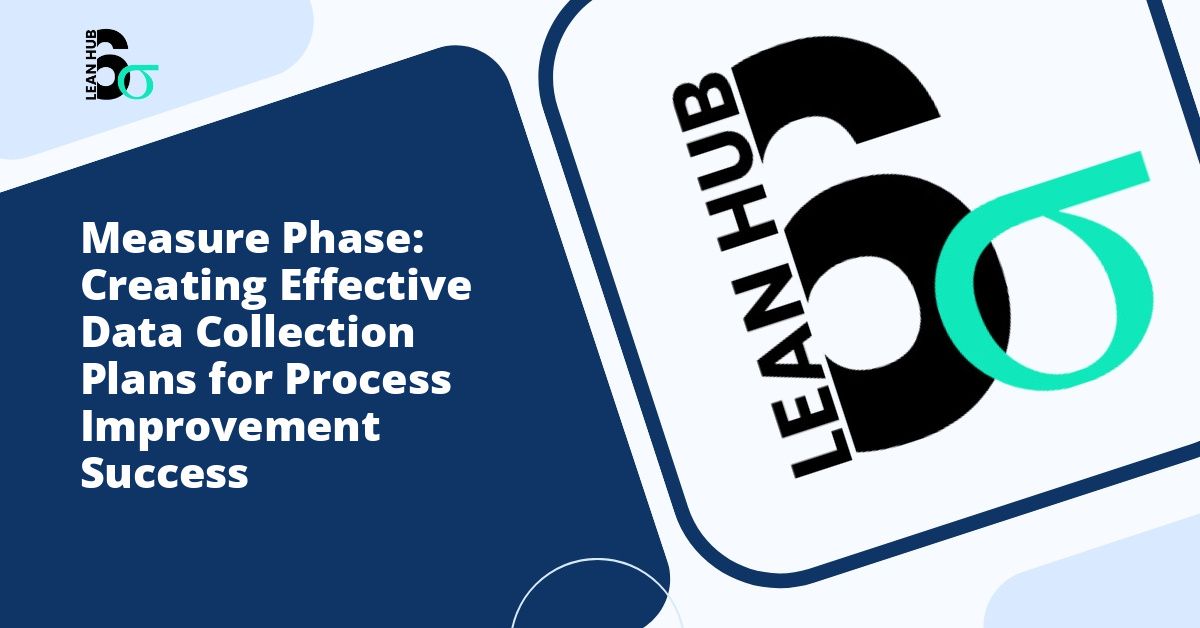In today’s data-driven business environment, the success of any improvement initiative hinges on the quality and reliability of the data collected. Whether you are implementing a lean six sigma project or conducting organizational research, a well-structured data collection plan serves as the foundation for informed decision-making. This comprehensive guide explores the ten essential elements that must be included in every data collection plan to ensure accuracy, consistency, and actionable insights.
Understanding the Importance of a Data Collection Plan
A data collection plan is a systematic approach that outlines how, when, where, and what data will be gathered during a project or research initiative. Without this roadmap, organizations risk collecting irrelevant information, missing critical data points, or gathering data inconsistently. The consequences can be severe, from wasted resources to flawed conclusions that lead to poor business decisions. You might also enjoy reading about How to Create a Data Collection Plan: Step-by-Step Guide with Templates.
In the recognize phase of any analytical project, establishing a robust data collection plan becomes particularly crucial. This phase sets the stage for all subsequent analysis and improvement efforts. By investing time upfront to develop a thorough plan, teams can avoid costly mistakes and ensure that their data collection efforts yield meaningful results. You might also enjoy reading about Lean Six Sigma Measure Phase: The Complete Guide for 2025.
The 10 Essential Elements of Your Data Collection Plan Checklist
1. Clear Objectives and Purpose
Every data collection effort must begin with a crystal-clear understanding of why the data is being collected. This element answers the fundamental question: What problem are you trying to solve or what question are you attempting to answer? Your objectives should be specific, measurable, and directly aligned with your project goals. For instance, if you are working on a lean six sigma project aimed at reducing customer complaint response times, your objective might be to identify the current average response time and the factors contributing to delays.
Without well-defined objectives, teams often fall into the trap of collecting excessive amounts of data that provide little value. A focused approach ensures that every piece of data collected serves a specific purpose and contributes to answering your key questions.
2. Operational Definitions
Operational definitions provide precise, unambiguous descriptions of what you are measuring and how you will measure it. This element eliminates confusion and ensures consistency across all data collectors. For example, if you are measuring “customer satisfaction,” you must define exactly what this means. Does it refer to survey scores above a certain threshold? Does it include both verbal and written feedback? What time frame does it cover?
Creating operational definitions is particularly important in the recognize phase when establishing baseline metrics. These definitions become the standard by which all team members understand and collect data, ensuring comparability and reliability throughout the project lifecycle.
3. Data Sources
Identifying where your data will come from is a critical planning element. Data sources can include existing databases, manual records, direct observations, surveys, interviews, automated systems, or external sources. Each source has its own strengths, limitations, and accessibility considerations.
A comprehensive data collection plan should document all potential sources, evaluate their reliability, and specify which sources will be used for which data points. This prevents teams from overlooking valuable existing data or from relying too heavily on sources that may have inherent biases or gaps.
4. Data Collection Methods
The methods you choose for gathering data will significantly impact both the quality and efficiency of your collection efforts. Common methods include surveys and questionnaires, direct observation, interviews, focus groups, document reviews, automated data extraction, and experimental measurements.
Your data collection plan should specify which method will be used for each type of data, along with a rationale for that choice. Consider factors such as cost, time requirements, accuracy, potential bias, and the skills required to implement each method. In lean six sigma projects, the selection of appropriate collection methods can mean the difference between identifying true root causes and pursuing red herrings.
5. Sampling Strategy
Unless you have the resources to collect data from an entire population, you will need to develop a sampling strategy. This element outlines how many observations you will collect, how often, and using what sampling technique. Options include random sampling, stratified sampling, systematic sampling, or convenience sampling, each with its own advantages and trade-offs.
Your sampling strategy should balance statistical validity with practical constraints such as time and budget. A well-designed sample can provide reliable insights without the need to examine every single instance, making your data collection efforts both efficient and effective.
6. Data Collection Tools and Templates
Standardized tools and templates ensure consistency and completeness in data collection. This element includes check sheets, data collection forms, survey instruments, observation guides, and any technology platforms or software that will be used. During the recognize phase, developing these tools helps clarify exactly what information needs to be captured and in what format.
Effective templates should be user-friendly, comprehensive, and designed to minimize errors. They should include clear instructions, appropriate fields for all necessary data points, and built-in quality checks where possible. Pilot testing your tools before full implementation can reveal potential issues and allow for refinements.
7. Roles and Responsibilities
Clearly defining who will collect what data, when, and how is essential for accountability and coordination. Your data collection plan should assign specific responsibilities to team members, outline their required training or qualifications, and establish backup procedures for when primary collectors are unavailable.
This element also addresses supervision and quality assurance roles. Who will review collected data for completeness and accuracy? Who will resolve questions or issues that arise during collection? Clear role definitions prevent gaps in data collection and ensure that everyone understands their contributions to the overall effort.
8. Timeline and Schedule
A realistic timeline coordinates all data collection activities and ensures that information is gathered when it is most relevant and useful. Your plan should specify start and end dates, the frequency of data collection, key milestones, and any seasonal or cyclical considerations that might affect data quality or availability.
In lean six sigma projects, timing can be particularly important. Collecting data during atypical periods, such as holidays or special promotions, may not provide representative insights. A well-thought-out schedule accounts for these variations and ensures that data collection captures normal operating conditions or includes sufficient variety to understand different scenarios.
9. Data Quality Assurance Procedures
Quality assurance procedures protect the integrity of your data collection efforts. This element outlines how you will validate data accuracy, ensure completeness, identify and handle outliers or anomalies, maintain consistency across collectors, and address missing or questionable data.
Quality assurance should be built into every stage of data collection, not treated as an afterthought. Regular audits, cross-checks, and validation procedures help catch errors early when they are easier to correct. Documentation of quality issues and their resolution also provides valuable learning for future projects.
10. Data Storage and Security
The final essential element addresses how collected data will be stored, protected, and maintained throughout the project. This includes physical or digital storage systems, access controls and permissions, backup procedures, confidentiality and privacy protections, and retention and disposal policies.
In an era of increasing data privacy regulations, this element has taken on heightened importance. Your plan must ensure compliance with relevant legal requirements while also protecting sensitive business information. Clear protocols for data handling prevent loss, unauthorized access, or breaches that could compromise your project or organization.
Implementing Your Data Collection Plan
Creating a comprehensive data collection plan is only the first step. Successful implementation requires training all personnel involved in data collection, conducting pilot tests to identify potential issues, maintaining open communication channels for questions and concerns, regularly reviewing collected data for quality, and remaining flexible enough to adjust the plan when necessary.
Throughout the recognize phase and beyond, your data collection plan should be treated as a living document. As you learn more about your process or environment, you may need to refine definitions, adjust methods, or expand your scope. This iterative approach ensures that your data collection efforts continue to meet your evolving needs.
Conclusion
A well-crafted data collection plan incorporating these ten essential elements transforms data gathering from a haphazard activity into a strategic process that generates reliable, actionable insights. Whether you are embarking on a lean six sigma initiative, conducting market research, or pursuing any other data-dependent project, this checklist provides the foundation for success.
By investing time upfront to address each of these elements thoroughly, you position your team to collect high-quality data efficiently, avoid common pitfalls, and ultimately make better-informed decisions. The result is not just better data, but better outcomes for your organization and the stakeholders you serve.








